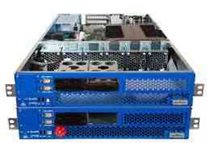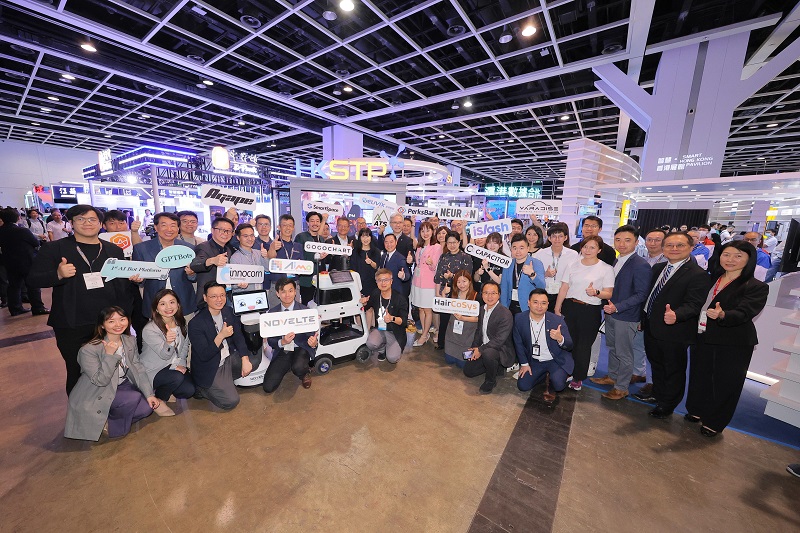Qualcomm Taken First Step In Uphill Battle With Intel Over Server Market. Qualcomm Takes First Step In Uphill Battle with Intel over Server Market
Phones have become a big business for chip maker Qualcomm QCOM +0.00%yet not big enough.
On Thursday, Qualcomm has stepped on its plans for going after the server market which is presently dominated by IntelINTC +0.00%, whose chips run 95% of units.
The San Diego chip maker, which have the majority of premium Android-based smartphones and smaller parts of the iPhone, announced its “Server Development Platform” on Thursday for data centers to start trying out Qualcomm’s ARM-based product. The platform will include an early version of Qualcomm’s “system of a chip” for servers, a 24-core SoC using the ARMv8-A instruction set.
Qualcomm is not providing more details of its custom ARM-based processor designed for servers, but it is said that the final version of the SoC will have more than the 24 cores. Qualcomm also isn’t announcing any sort of timeline for when it will ship it’s the final product.
Qualcomm has also publicized a collaboration on Thursday with XilinxXLNX -2.27% and Mellanox for its server ambitions. The San Jose, Calif-based Xilinx makes field-programmable gate array (FPGA) chips, which are semiconductors that are reprogrammable after they’ve been manufactured. In June, Intel acquired another maker of FPGAs, AlteraALTR +1.92%, for $16.7 billion with the intention of pairing its server chips and the FPGA more closely together for faster server speeds. And Sunnyvale, Calif.-based Mellanox makes interconnectivity technology for servers, such as Ethernet and InfiniBand.
Qualcomm has originally announced about getting into the server market last year, and provided few details. The company has actually been working on its server plans for last two and a half years.
Qualcomm expects that its data center business is going to reach more than $15 billion in sales by 2020.
“I’ve been watching the server market for a long time, and there’s more change taking place in this industry than I’ve ever seen,” said Anand Chandrasekhar, a senior vice president leading Qualcomm’s server charge. “The driving root cause is the cloud. The cloud is clearly accelerating in terms of growth as a worldwide phenomenon.”
Qualcomm wants its server SoC to handle all the typical data center workloads. Qualcomm has made China, a big target for the company’s server chip — server demand in China is faster than in any of the country.
Qualcomm faces an uphill battle. Various companies over the years have announced about selling ARM-based processors for the data center, but they have usually fallen by the wayside when their silicon proved to be too weak to handle the data center processing loads. Calxeda, for example, shut down in 2013after raising more than $90 million in venture capital to build ARM chips for servers. The ARM architecture that Qualcomm licenses is particularly well suited for low-powered devices such as phones and tablets, not power-hungry servers.
Meanwhile, Intel’s powerful Xeon chips, based on the company’s x86 chip architecture, are powering more than 95% of the world’s server consumers. Intel’s server division is its most profitable and fastest-growing business. But data center customers have been asking for more variety in a market held captive by Intel.
So, why does Qualcomm thinks it has a chance where others have failed?
“We have a long history of developing custom low-power, high performance architectures,” said Qualcomm president Derek Aberle. “We can leverage our expertise into a world leading position in the data center. … We realize this is a long-term investment and it’s going to take years before we see a return.”
“[This] represents the first really credible entrant into this field,” said Richard Windsor, an analyst at Edison Investment Research, in a note. “Qualcomm is the king of execution and if it can get a foot in the door, then there could be real trouble on the horizon for Intel.”











